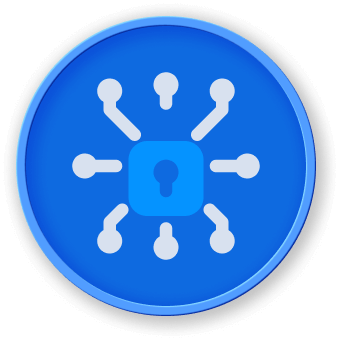Introduction
Welcome to the futuristic technoscape, a world where technology and cyber-competitions are the pinnacle of entertainment. In this awe-inspiring era, robotic engineers and cyber warriors team up to tackle challenges that require both brains and electronic brawn. You are introduced to Robo-Hack-Alpha (RHA), a state-of-the-art robot with capabilities in hacking and cybersecurity, designed by the world's top engineers for the ultimate competition: The Cyber-Siege.
Your goal, as the handler and programmer of RHA, is to infiltrate and understand the defenses of the "Fortress of Data," a digital fortress rumored to be impenetrable. Your main tool? The widely respected and versatile tool, Nmap, known for its service detection capabilities. You must navigate RHA through a series of digital challenges, employing Nmap to uncover, analyze, and report on the various services running within the fortress.
The excitement is palpable as millions will watch how you and RHA crack codes, dodge digital traps, and uncover secrets. You're not just aiming for victory but also to demonstrate the symbiosis of human intellect and robotic precision in mastering cybersecurity.



